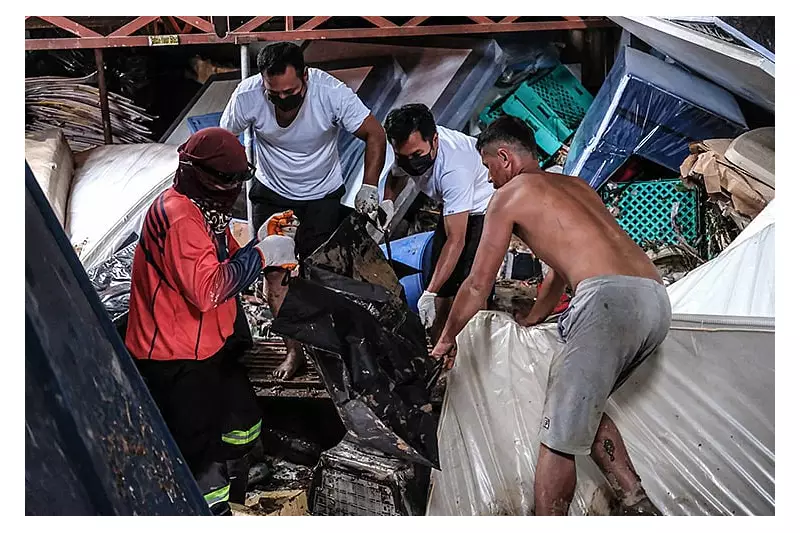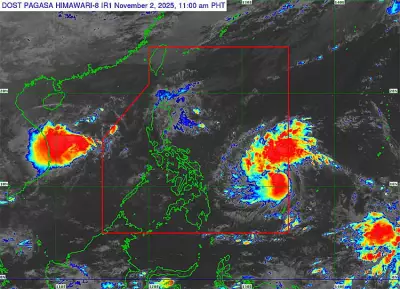
The Philippines faces a mounting humanitarian crisis as the death toll from Typhoon Tino has surged to 66, with emergency services working tirelessly to reach affected communities.
Rescue operations are intensifying across multiple regions as reports continue to emerge of missing persons and widespread destruction. The typhoon's relentless rains have triggered catastrophic flooding and multiple landslides, cutting off access to numerous villages and towns.
Regional Impact and Emergency Response
Northern and central provinces have borne the brunt of Tino's fury, with emergency teams deploying boats and helicopters to evacuate residents trapped by rising waters. "We are facing one of the most challenging rescue operations in recent years," stated a regional disaster agency spokesperson.
Critical infrastructure has suffered severe damage, including:
- Collapsed bridges and road networks
- Widespread power outages affecting thousands
- Damaged communication lines hampering coordination
- Flooded agricultural lands threatening food security
Government Mobilizes Relief Efforts
The national government has activated emergency protocols, deploying military assets to assist in evacuation and relief distribution. Temporary shelters have been established in safer areas, though many remain overcrowded as the scale of displacement becomes apparent.
International aid organizations have begun mobilizing resources, while local communities organize volunteer networks to support the official response efforts.
Weather Outlook and Continuing Threats
Meteorological authorities warn that while Tino has weakened, residual rains continue to pose significant risks. Residents in low-lying and mountainous areas remain on high alert for potential additional landslides and flash floods.
The Philippine Atmospheric, Geophysical and Astronomical Services Administration (PAGASA) continues to monitor the situation closely, advising the public to remain vigilant and follow evacuation orders from local authorities.





